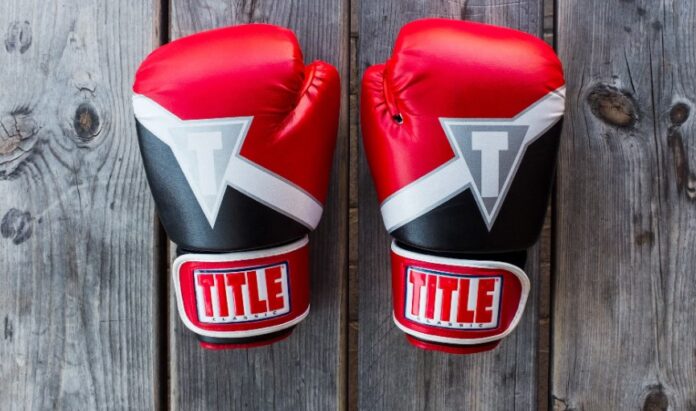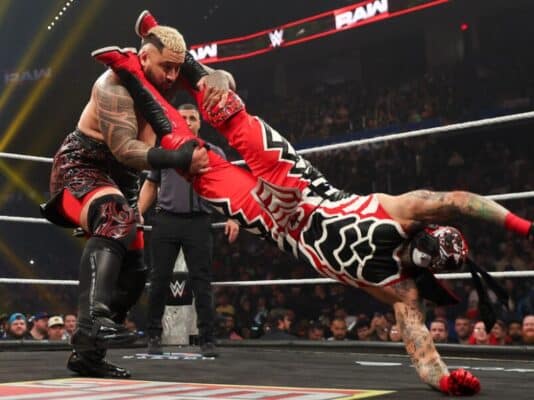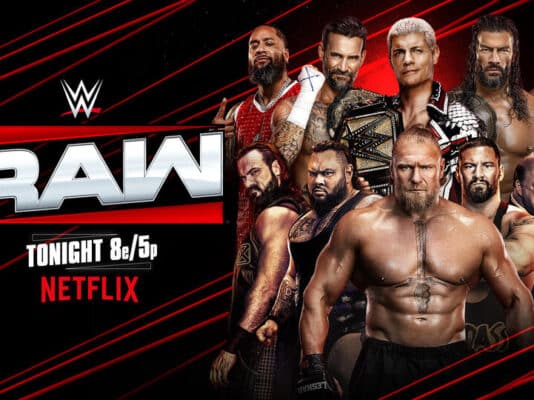
One of the main reasons for the massive surge in betting on UFC fights is the odds, which are the first thing people need to understand to make intelligent, informed wagers.
In any case, info on the easiest format for betting on UFC fights is a must-have for everyone. Reading the odds correctly will let you understand what the value is, warn you off against making mistakes that are typical of beginners, and, most importantly, enhance your strategy for the long run. This guide presents you with a detailed account of each format, gives you an idea as to what the numbers signify, and helps you to assimilate odds like an experienced bettor.
What Are UFC Betting Odds?
UFC betting odds indicate the likelihood of a fighter winning a particular matchup, as determined by the bookmakers. If the chances of an event occurring are very low, then the reward you get when it actually happens will be very high. Besides that, UFC fight odds are an essential tool for bettors to realize and keep track of the favorite, the underdog, and how much they will get depending on the type of bet they have placed.
Most sportsbooks choose to present the odds in one of the following three formats:
- American odds (moneyline)
- Decimal odds
- Fractional odds
Although the fight may be uncertain, these odds can be easily interpreted once you get the reasoning behind them.
Moneyline Odds Explained
Moneyline odds are the primary odds in a UFC bet, commonly carried out in the United States of America and South America. They point out the usage of plus (+) and minus (–) symbols:
- – (minus) = the favorite
- + (plus) = the underdog
How the payouts work:
- Favorite example: A fighter is –200. If you want to win $100, you have to place a $200 bet.
- Underdog example: If a fighter is +200, then $100 would be the amount that would bring in $200 as a profit.
With this simple way, punters can find the one that the bookmaker considers as the stronger fighter right away and also get the ratio between the risk and the possible winnings.
Decimal Odds Explained
Decimal odds are used mainly in Europe, Australia, and in online sportsbooks. Their operation is straightforward:
- You simply multiply your stake by the decimal number to get your total return.
As an example:
- 1.50 = very likely
- 2.50 = slight favorite
- 3.80+ = outsider to win
So if you wager $100 at 2.50, you get back $250 ($150 profit + your original $100 stake).
One reason decimal odds are so widely used is that they make it easier to compare values.
Fractional Odds Explained
Fractional odds can mostly be found in the UK. They represent the profit as a fraction of the stake:
- 5/1 (five-to-one) = put up $1 to rake $5
- 1/4 (one-to-four) = put up $4 to rake $1
In the fractional system, an underdog with the odds of 16/1 means that if you stake $1 you will profit $16, plus get your original $1 back. The fractional system is still the most popular one in the UK but the market is gradually converting to decimal ones.
How to Identify the Favorite and Underdog
In UFC matchups:
- The favorite will have either unfavorable American odds or lower decimal numbers.
- The underdog will have favorable odds or higher decimal numbers.
Example:
- Israel Adesanya –250
- Sean Strickland +200
This information allows you to figure out that:
- Adesanya is the one expected to win.
- Strickland is the one expected to lose.
- It means that if you want to make a profit on the favorite, you would have to bet more, and if you’re going to make a profit on the underdog, you would bet less.
Implied Probability: What the Odds Really Mean
Each UFC odd reflects the implied probability of the fight’s outcome.
Here is the formula:
For negative odds:
Implied Probability=∣Odds∣∣Odds∣+100\text{Implied Probability} = \frac{|Odds|}{|Odds| + 100}Implied Probability=∣Odds∣+100∣Odds∣
For positive odds:
Implied Probability=100Odds+100\text{Implied Probability} = \frac{100}{Odds + 100}Implied Probability=Odds+100100
Example with –250:
250/(250+100)=71.4%250 / (250 + 100) = 71.4\%250/(250+100)=71.4%
So sportsbooks believe the fighter wins roughly 71% of the time.
Example with +200:
100/(200+100)=33.3%100 / (200 + 100) = 33.3\%100/(200+100)=33.3%
That is, the underdog is quite unlikely to win but the payout is substantially higher.
Implied probability is a must if you want to find “value bets” scenarios where a fighter’s winning chance is higher than what the odds indicate.
Different Ways to Bet on UFC Fights
Although moneyline bets are the easiest, UFC betting has many ways to understand and interpret odds.
1. Method of Victory
You select how the battle is going to end:
- KO/TKO
- Submission
- Decision
An example: Fighter A by KO +350 is a way of saying that a $100 bet will return $350 if they accomplish a knockout victory.
2. Total Rounds (Over/Under)
This is a wager on the fight duration.
Example:
- Over 2.5 rounds –120
- Under 2.5 rounds +100
It comes in handy when the strength of one style is the exact weakness of another – a striker versus a grappler.
3. Round Betting
First, figure out the round when the fight will end. Generally, these are high odds.
Example: Fighter B to win in Round 1 +450.
4. Double Chance & Combo Bets
There are some sportsbooks where you can place such bets as:
- Fighter C wins by KO or submission –150
- Fight ends in Round 1 or 2 +180
These are your chances to strike a bet that will be rewarded with a smaller payout, but the safety of the bet increases.
Why Do UFC Odds Change Before the Fight?
It is hardly the case that odds remain unchanged. They are modified as a result of:
- Sharp bettors making large bets
- Injuries of fighters
- Public or media hype
- Problems with the weight-cut
- Replacements due to the late notice
If a vast amount of money is brought in for an underdog, sportsbooks change the odds to protect themselves. Keeping an eye on line movement can tell you the public mood and help you spot opportunities before the odds have changed.
Tips for Reading UFC Odds Like a Pro
Here are some practical habits that seasoned bettors use:
- Compare Styles Instead of Records: Sometimes, a fighter with a worse record may still be the better stylistic matchup.
- Understand “Value,” Not Just Favorites: If a fighter is at +300, he doesn’t have to win very often for you to make a profit in the long run.
- Study Recent Performances: In MMA, momentum and confidence still count.
- Check the Weight-Cut Results: Impairing the weight cut can drastically reduce a fighter’s performance, even if the odds have not yet reflected that.
- Look for Line Movement Early: One of the surest signs of clever betting is securing “closing line value”.













